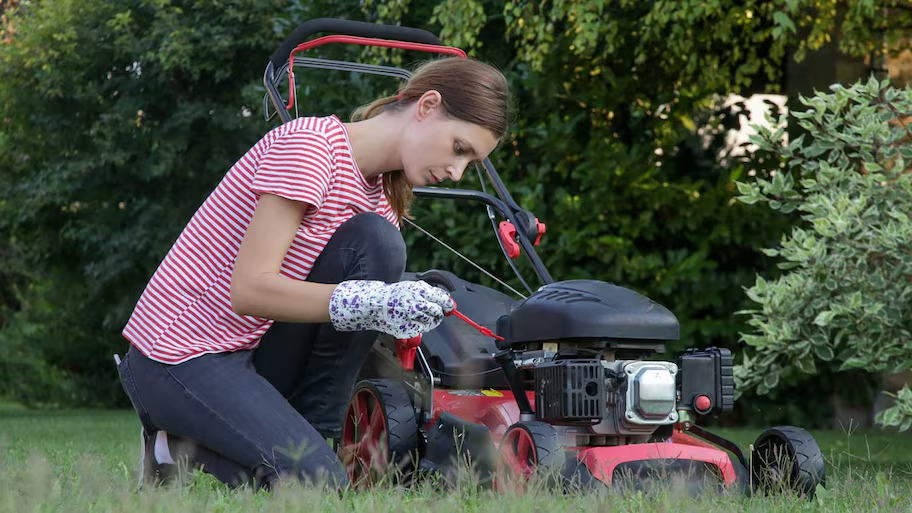Dubai, known for its futuristic skyline and luxurious lifestyle, is situated in one of the harshest climates on earth. With its arid desert environment, the city faces significant challenges in creating and maintaining green spaces. However, the increasing awareness of environmental sustainability has led to innovative landscaping solutions that not only beautify the city but also promote ecological balance. This essay explores the sustainable landscaping solutions that are transforming Dubai into a green oasis.
The Challenges of Landscaping in Dubai
Dubai’s climate poses several challenges for traditional landscaping:
- Extreme Heat: Temperatures often exceed 40°C (104°F) during the summer months, making it difficult for many plants to survive.
- Water Scarcity: With minimal rainfall and limited natural freshwater resources, maintaining lush landscapes can put a strain on the water supply.
- Soil Salinity: The desert soil is often salty and poor in nutrients, which can hinder plant growth.
Despite these challenges, Dubai has embraced sustainable landscaping techniques to create verdant spaces that are both functional and aesthetically landscape company in dubai pleasing.
Sustainable Landscaping Techniques
- Xeriscaping Xeriscaping is a landscaping method that reduces the need for irrigation by using drought-tolerant plants. This technique is particularly suited for Dubai’s climate as it minimizes water usage while still providing green and attractive landscapes. Common xeriscaping plants in Dubai include succulents, native grasses, and various species of cacti.
- Drip Irrigation Systems Traditional irrigation methods can be wasteful, especially in a desert environment. Drip irrigation systems deliver water directly to the plant roots, reducing evaporation and runoff. This efficient use of water ensures that plants receive the necessary hydration without excess waste.
- Greywater Recycling Greywater recycling involves the reuse of wastewater from baths, sinks, and washing machines for irrigation purposes. This sustainable practice helps conserve freshwater resources and provides a continuous supply of water for landscaping needs.
- Native Plant Species Utilizing native plant species is a key aspect of sustainable landscaping. These plants are naturally adapted to the local climate and soil conditions, requiring less water and maintenance. Examples of native plants used in Dubai’s landscaping include the Ghaf tree (Prosopis cineraria) and the Date Palm (Phoenix dactylifera).
- Green Roofs and Walls Green roofs and walls are becoming increasingly popular in Dubai as a way to introduce greenery into urban areas. These installations help insulate buildings, reduce the urban heat island effect, and improve air quality. They also provide additional green space in densely populated areas where ground-level gardens may not be feasible.
- Solar-Powered Lighting and Water Features Incorporating solar-powered lighting and water features into landscapes reduces energy consumption and carbon footprint. Solar panels harness the abundant sunlight in Dubai, making it a sustainable and cost-effective solution for outdoor illumination and decorative water elements.
Case Studies of Sustainable Landscaping in Dubai
The Sustainable City
The Sustainable City is a prime example of how Dubai is integrating sustainable landscaping into urban development. This residential community features extensive green spaces, including parks, playgrounds, and community gardens. The landscaping utilizes xeriscaping principles, native plants, and efficient irrigation systems. Additionally, the community employs greywater recycling and solar power to minimize environmental impact.
Dubai Miracle Garden
The Dubai Miracle Garden is a testament to the possibilities of sustainable landscaping in a desert environment. This sprawling floral garden showcases over 50 million flowers arranged in intricate designs. The garden uses advanced irrigation techniques, including treated wastewater, to maintain its vibrant displays. The use of native and drought-tolerant plants also ensures that water usage is kept to a minimum.
Benefits of Sustainable Landscaping
- Water Conservation Sustainable landscaping practices significantly reduce water consumption, which is crucial in a region where water is a scarce resource. Techniques like xeriscaping, drip irrigation, and greywater recycling help preserve freshwater supplies.
- Reduced Maintenance Costs By utilizing native plants and efficient irrigation systems, maintenance costs are lowered. These plants require less water, fertilizers, and pesticides, leading to financial savings and reduced environmental impact.
- Improved Air Quality Green spaces improve air quality by filtering pollutants and producing oxygen. This is particularly important in urban areas like Dubai, where air pollution can be a concern.
- Enhanced Aesthetics and Well-Being Green landscapes enhance the visual appeal of urban areas and provide recreational spaces for residents. Access to green spaces has been linked to improved mental and physical well-being, making sustainable landscaping beneficial for the community.
Conclusion
Dubai’s commitment to sustainable landscaping is transforming the city into a green oasis in the desert. By embracing techniques such as xeriscaping, drip irrigation, greywater recycling, and the use of native plants, Dubai is setting an example for other arid regions. The benefits of these practices extend beyond aesthetics, contributing to water conservation, reduced maintenance costs, improved air quality, and enhanced well-being. As Dubai continues to grow and develop, sustainable landscaping will play a crucial role in ensuring that the city remains a beautiful and livable environment for its residents.





